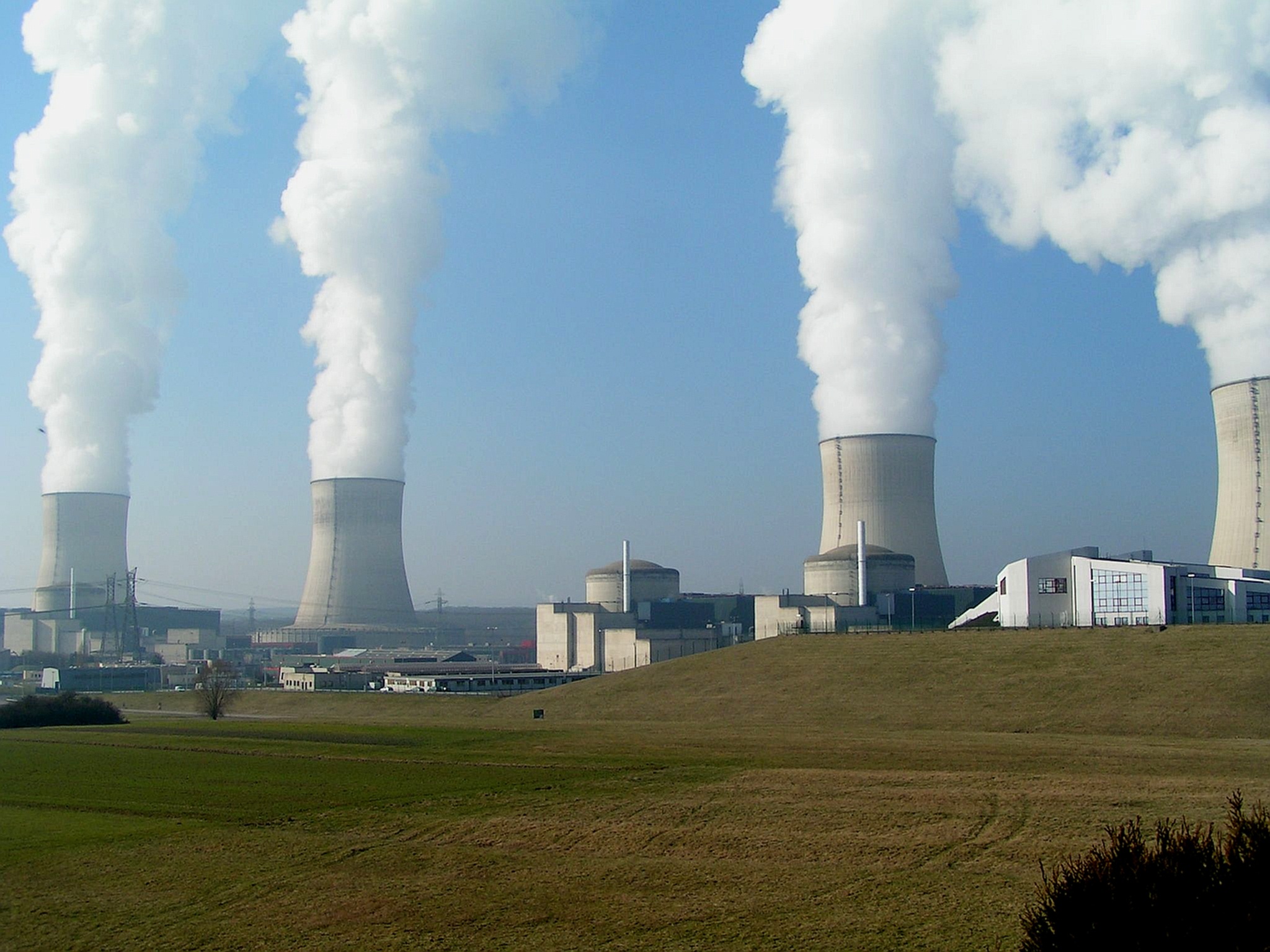Nuclear weapons represent one of the most profound advancements in military technology, encapsulating both the remarkable potential for energy release and the harrowing capabilities for destruction. These weapons are predicated on the principles of nuclear fission and fusion, processes that unleash vast amounts of energy from atomic nuclei. Understanding the activation of a nuclear weapon requires delving into the intricate mechanisms, components, and methodologies that facilitate this unparalleled form of explosive power.
At its core, the activation of a nuclear weapon typically hinges on one of two fundamental processes: fission and fusion. Fission, the splitting of heavy atomic nuclei, is the cornerstone of most atomic bombs, such as those dropped on Hiroshima and Nagasaki. Conversely, fusion, the merging of light nuclei, underlies the more advanced thermonuclear devices, commonly referred to as hydrogen bombs. Each mechanism involves distinct activation protocols and engineering challenges, shaping their deployment and tactical applications.
1. The Principle of Nuclear Fission
Nuclear fission occurs when a heavy nucleus, such as uranium-235 or plutonium-239, absorbs a neutron and becomes unstable. This instability leads to the nucleus splitting into two smaller nuclei, accompanied by the release of additional neutrons and a significant amount of energy, typically on the order of several million electron volts per fission event. The key to activating this process lies in achieving a critical mass—the minimum amount of fissile material required to sustain a chain reaction.
To attain this critical mass, nuclear weapons employ specific configurations, often using a design known as the “gun-type” or “implosion-type” mechanisms. The gun-type design utilizes conventional explosives to propel one sub-critical mass of fissile material into another at high speed, achieving supercriticality. In contrast, the implosion-type design employs a spherical arrangement of conventional explosives around a sub-critical mass, compressing it into a supercritical state. Both designs ultimately rely on neutron initiators, devices that produce a burst of neutrons at the moment of supercriticality to prompt the rapid multiplication of fission events.
2. The Role of Neutron Initiators
Neutron initiators are pivotal components in nuclear weapons, as they ensure the rapid onset of the chain reaction upon detonation. Various materials, including polonium-beryllium and lithium-deuteride, are employed to achieve the desired neutron flux. When explosively compressed, these initiators release a burst of neutrons, effectively kick-starting the fission process. This precise timing is critical; an initiation that occurs too early or too late can result in diminished yield or a failed detonation.
3. The Thermonuclear Process
The thermonuclear weapon, or hydrogen bomb, presents a more complex activation paradigm. It combines both fission and fusion processes to achieve a vastly greater yield than fission-only weapons. Initially, a fission bomb is detonated, generating the extreme temperatures and pressures necessary to facilitate fusion reactions between isotopes of hydrogen, most notably deuterium and tritium.
The generated energy from the primary fission explosion drives the secondary fusion stage. Crucially, the configuration of the weapon must maintain the necessary conditions long enough for the fusion reaction to occur, often employing a radiation case or tamper to retain energy and increase efficiency. The sophistication of this design results in yields that can be hundreds or even thousands of times greater than their fission counterparts.
4. Detonation Methods
Nuclear weapons typically employ one of three main detonation methods: contact, programmable, or timed mechanisms. The choice of detonation methodology is influenced by the desired effects and tactical considerations. Contact detonation fires immediately upon sensing a physical impact, commonly employed in smaller, tactical nuclear weapons. Programmable methods, often utilizing sophisticated electronic timers and fuses, allow for precise control over the moment of detonation, offering strategic flexibility in targeting scenarios.
Timed detonation mechanisms can be employed to ensure the detonation occurs at optimal altitudes, maximizing blast and thermal effects, such as air bursts which are more devastating than ground-level explosion.
5. Safety and Security Considerations
The activation of nuclear weapons is closely monitored and regulated due to their catastrophic potential. Safety measures, including arming and firing systems, are designed to prevent accidental detonation. Modern designs often incorporate multiple safeguards, including authentication codes and fail-safes to mitigate unauthorized access or unintentional launches.
Furthermore, the geopolitical ramifications of nuclear weapon activation are profound, with frameworks like the Treaty on the Non-Proliferation of Nuclear Weapons (NPT) playing a crucial role in stemming proliferation and encouraging disarmament. The associated technology and expertise pose both a scientific challenge and a moral quandary, demanding a balance between national security and global safety.
6. Conclusion
The activation of a nuclear weapon is a multifaceted endeavor that draws upon complex scientific principles and advanced engineering. Whether through the mechanism of fission or fusion, the cascade of events leading to detonation underscores the profound capabilities and responsibilities that accompany nuclear technology. The continuing discourse surrounding nuclear armament remains centered on mitigating risks while recognizing the tenuous balance of power in the modern world.
In summation, understanding the intricate details of nuclear weapon activation not only illuminates the technicalities involved but also serves as a critical reminder of the imperative for comprehensive global cooperation in nuclear safety and disarmament initiatives. As humankind grapples with the repercussions of this potent technology, the pursuit of knowledge and ethical stewardship becomes paramount.












